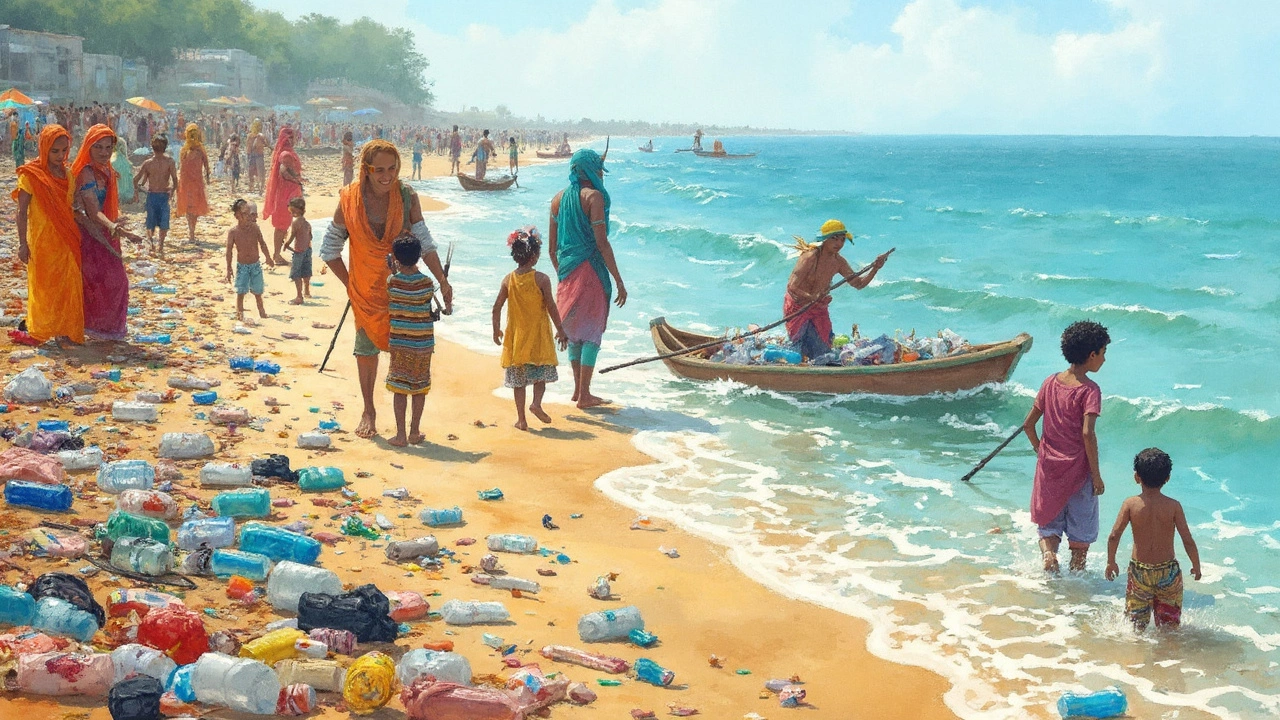Ocean Plastics: What’s Happening and What We Can Do
Every year millions of tonnes of plastic end up in the sea. It’s not just a distant problem – it affects fishing, tourism, and even the food on our plates. If you’ve ever wondered why a plastic bottle looks out of place on a beach, you’re about to get the facts and some practical steps you can take.
Why Ocean Plastics Matter
Plastic is sturdy, cheap, and lasts forever. That durability becomes a curse when the material slips into rivers and oceans. Small pieces, known as micro‑plastics, get eaten by fish, which then move up the food chain to us. Studies show that a single kilogram of plastic can release thousands of toxic chemicals as it breaks down, harming marine life and ecosystems.
Countries that produce the most plastic waste also tend to have the highest leakage into the sea. For example, recent data points to a handful of nations contributing the bulk of the problem, while coastal communities bear the brunt of clean‑up costs. The issue is not just environmental – it’s economic. Lost tourism revenue, damaged fishing gear, and increased health risks all add up.
What Manufacturers Can Do
Manufacturers sit at the heart of the solution. By switching to recycled polymers, designing products for easier reuse, and supporting take‑back schemes, they can cut the flow of waste before it reaches waterways. Look at the “Best Plastic Companies 2025” list – the top firms are already investing in circular‑economy models and promoting bio‑based alternatives.
Another practical step is to reduce single‑use items. The article on "What Is the Biggest Single‑Use Plastic Product?" shows that plastic bags and packaging dominate the waste stream. Companies can redesign packaging to be lighter or replace it with compostable options. When sourcing raw material, ask suppliers about their waste‑management practices; the traceability chain is becoming a key purchasing criterion.
For small‑scale manufacturers, even simple moves make a difference. Use local recycling facilities, label products with clear recycling codes, and educate customers on proper disposal. When every player takes responsibility, the cumulative impact is huge.
On the consumer side, choose products with recycled content, avoid unnecessary packaging, and support brands that publish sustainability reports. Your buying power sends a clear signal to manufacturers.
In short, ocean plastics are a massive challenge, but they’re not unbeatable. By understanding the flow of waste and embracing smarter design, both industry and individuals can help turn the tide. Start today – check the plastic content of the items you use and ask yourself if there’s a greener alternative. The ocean will thank you, and so will future generations.

Plastic Pollution: Which Plastics Fill Our Oceans the Most?
This article breaks down which types of plastic end up polluting our oceans the most. It highlights the main culprits and shows how manufacturing choices impact the problem. You'll get real facts about plastic waste, find out where it all comes from, and learn how changes in the way we use and produce plastic could help turn the tide. Easy tips are included for anyone who wants to make a difference. Ideal if you care about the plastic problem and want straightforward answers.
Read More